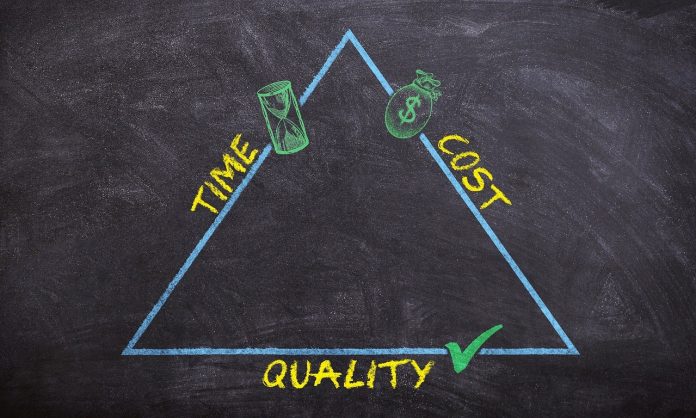At the end of every project, it’s important to hold a retrospective meeting to review what went well and what could be improved for next time. Using retrospective templates can make this process more organized, efficient, and insightful. In this article, we’ll explore the key benefits of using retrospective templates in project management.
The Value of Retrospectives
Retrospectives provide the opportunity for team members to give open and honest feedback on the project. The goal is to learn from experience and continuously improve processes. Without regularly scheduled retrospectives, teams miss out on identifying areas for improvement. Retrospectives should be a standard part of any project management methodology.
Streamlining with Templates
Retrospective meetings can easily become unstructured and inefficient without an agenda. Retrospective templates provide a clear framework to guide the discussion. They include pre-populated sections and prompts to cover all the key areas of a project review. This saves time over creating a retrospective format from scratch each time. The template can be opened and customized for the specifics of each project.
Standardizing the Process
Using a consistent retrospective template standardizes the process across all projects. This allows for easier comparison between project retrospectives. Trends and recurring issues are more readily identifiable when following a standardized framework. Institutional knowledge is retained as veterans and new team members follow the same familiar format each time.
Capturing More Comprehensive Insights
Retrospective templates are designed to prompt participants to think about all aspects of a project during the review. This decreases the chance of overlooking important considerations in an unstructured discussion. Sections guide participants to reflect on target areas like project planning, teamwork, communication, and deliverable outcomes. Comprehensive prompting results in more robust feedback being collected.
Facilitating an Inclusive Discussion
The guided sections and questions in a retrospective template help facilitate an inclusive discussion where everyone participates. Quieter team members can be directly prompted for their feedback in each area. When all voices are incorporated, a diversity of perspectives leads to more creative solutions and improvements. The insights of both extroverted and introverted team members are valued.
Discovering the Root Causes
Structured retrospective templates help drill down to the root causes behind project issues. General questions probe for details to understand why certain problems occurred. Retrospective templates include sections for ranking issues based on severity and frequency to prioritize what should be addressed first. Uncovering root causes enables the prevention of recurring issues on future projects.
Identifying Actionable Solutions
Simply identifying issues does not lead to improvement. Retrospective meetings should conclude by deciding on concrete actions to implement solutions. The summary section of retrospective templates includes prompts to outline specific steps and assign owners. Action items are more likely to be captured and followed through on when the retrospective format requires their documentation.
Retrospective templates offer many benefits for streamlining project reviews and gleaning actionable insights. The guided format leads to more comprehensive, inclusive, and productive discussions. Teams following consistent retrospective templates across all projects can better identify trends and prevent recurring issues. Integrating retrospective templates into a project management methodology leads to continuous quality improvement over time.


